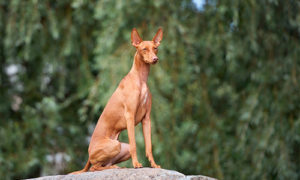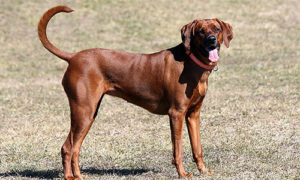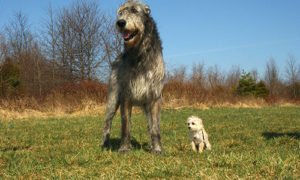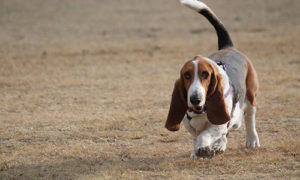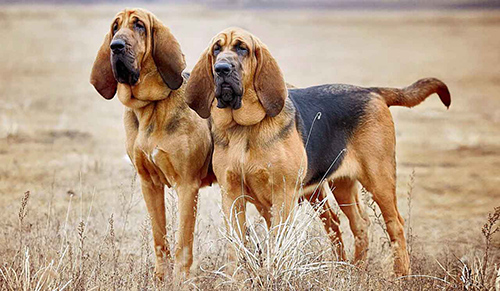
The Bloodhound is the prototypical scent hound, and it can trace its lineage to ancient times. According to experts, the Bloodhound’s ancestor may have been the St. Hubert’s hound, which hailed from Europe during the eighth century.
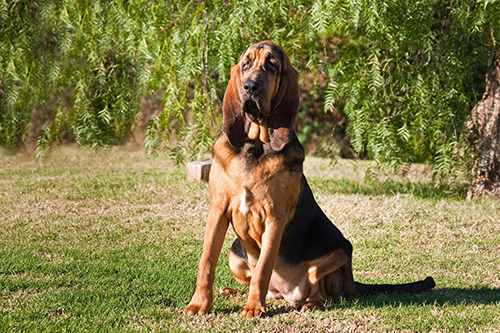
William the Conqueror brought these hounds to Europe in 1066. During the 12th century, the Bloodhound was a popular dog amongst church dignitaries, which used them to hunt. In fact, everyone knew that monasteries kept carefully bred packs.
These dogs were so carefully and highly bred that we knew them as “blooded hounds,” which referred to their pure blood and noble breeding. This is a breed familiar to the Americas since the mid-1800s. They quickly developed a reputation as slave trailers; however, many of them were mixed scent hounds.
We believe the Bloodhound to be one of the most useful breeds. They’re very astute in tracking lost persons and criminals with their uncanny sense of smell. They do not incline the Bloodhound to attack. Therefore, once they find the person, its job is well done.
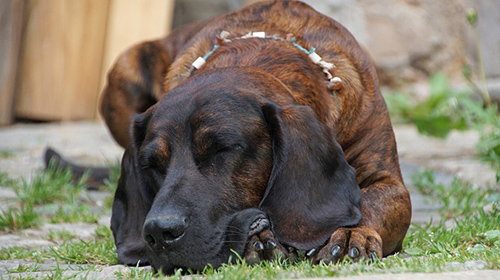
Bloodhounds hold many trailing records about the length and age of the trail. For instance, it is the only breed that led a court of law to accept an identification thanks to its strong sense of smell. Unfortunately, many people stayed away from owning these dogs for some time because of its name and misconception. They believed that Bloodhounds only tracked people solely because of blood lust.
Nothing could be farther from the truth. Although this breed is popular, it is not popular as a pet. It is, however, a competitive show dog and a hard-working tracker.
Bloodhound Breed Facts
Temperament: At home, the Bloodhound calm and oozing with manners. However, when it’s time to hit the track, they’re as energetic and tireless as any other working or sporting dog. This breed is tough, stubborn, and independent.
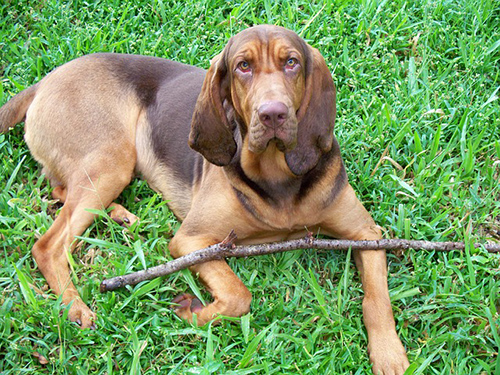
However, they’re gentle and good-natured and trustworthy around children; although, they may not be as playful as some children may expect. These dogs are not as lazy and dopey as their portrayed in folklore; they’re actually very active and lively.
Bloodhounds are not among the easiest breeds to train pertaining to obedience; it is a lot easier to train involving trailing tasks.
Upkeep: Being that this dog is a hunting hound, it will require a great deal of exercise. They developed it to track regardless of any hardship that may materialize, and once on a trail, it is difficult to call it off. Experts recommend that exercise is within a safe area.
Because of its excessive drooling, its facial wrinkles will need cleaning daily. In addition, its ear tips will also need daily cleaning because it constantly gets into food. Its ear canals will also require regular cleaning.
Its coat is not as high maintenance as some breeds, but will still require an occasional brushing and wipe. People that love to keep a spotless home should not consider this breed.
- Popularity: slightly popular
- Family: Scenthound
- Origin: Belgium and England
- Date Developed: Middle Ages
- Past Function: Trailing
- Current Function: Trailing, Search and Rescue
- Other Names: St. Hubert’s Hound, Chien St. Hubert
- Life Expectancy: 7–10 years
- Weight: Male: average 90 pounds, up to 110 pounds; Female: average 80 pounds, up to 100 pounds
- Height: Male: 25–27 inches; Female: 23–25 inches
Color: Black and tan, liver and tan, and red
Group: The Hound Group
Health Problems: ectropion, entropion, gastric torsion, otitis externa, skin-fold dermatitis, CHD, elbow dysplasia, hypothyroidism, degenerative myelopathy or (DM)
Characteristics
The Bloodhound is an amazing Tracker built for endurance and not so much for speed. It has thin and loose skin and falling in wrinkles around the head and throat.
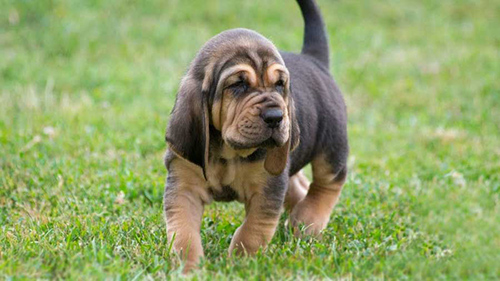
Some experts on the breed believe that the Bloodhounds long ears drag along the ground to stir up the scent of the person or animal that it is tracking. In addition, they say its many wrinkles to trap odors around its face. Its dense short coat protects it from getting caught up in prickly shrubs when tracking.
Thanks to its laid-back temperament, there is no need to fear it attacking the person or animal it is trailing. The Bloodhounds gait is flexible and free, with the tail held high. It possesses a noble and dignified expression.

